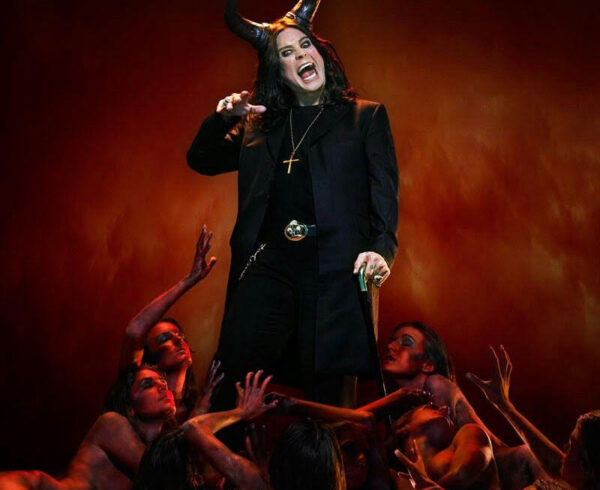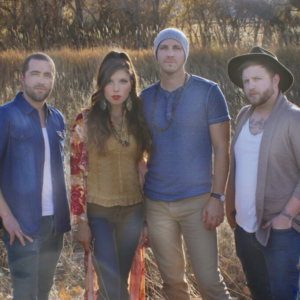Taylor Swift’s ascent from country darling to international superstar has captivated the media and the hearts of millions for more than 10 years. Her journey wasn’t the straight-to-the-top narrative new fans may imagine: while Taylor’s name has been on lips for the last decade, the words that have passed those lips have not been wholly kind.
Early on, Ms. Swift developed a reputation that has become the artistic catalyst for an album that promises to deliver banger after banger. She’s been called every name in the book: boy-crazy, serial dater, perpetual victim, snake. Dating scandals have plagued her since her teenage romance with Joe Jonas. Yet in the midst of it all, Taylor has built an empire as a performer, songwriter, and entrepreneur. She’s also provided some valuable lessons for activists. Here are a few of my favorites.
Lesson 1: Reclaim the Narrative
From 2006 to 2014, critics said whatever they wanted about Taylor, with little fear of reproach. While she’s always been a talented and biting lyricist, she largely reserved her ire for former flames. Then, after the highly-public dissolution of her romance with One Direction frontman Harry Styles, Taylor retreated from the media into a chrysalis of her own creation and was reborn not as a beautiful butterfly, but as a venomous, enchanting moth.
By owning their insults and claiming the power to mock them in her music videos for “Shake it Off” and “Blank Space,” Tay-Tay stripped the critics of their power to label and degrade her. Then in 2016, she was labelled a snake by Kim Kardashian following the scandal surrounding Kanye West’s “Famous” music video, which featured a naked Swift look-alike and the line “I think me and Taylor might still have sex.” Once again, she reclaimed the narrative and the insults hurled at her by Kardashian & Co.
First, she broke the internet by deleting all content from her social media accounts, and then announced her new single release with a stylized video of a slithering serpent. She continued to co-opt her critics’ damning imagery in the music video for “Look What You Made Me Do,” where Taylor can be seen perched on a throne surrounded by snakes. She’s not a snake: she’s the queen of the snakes.
Taylor has become the queen of reclaiming narratives. She doesn’t fight back against her opposers, she uses humor and cleverness to become the voice that dominates the conversation. Call Taylor a maneater and she’ll give you a music video where she plays such a hyperbolic caricature of the term that it loses all meaning. Call her a snake and she’ll show you how venomous she can be … and her uncanny ability to shed her skin as she grows.
One day, someone is going to try to tear you down for your work or your identity. They may try to shape the narrative about who you are, what you do, and what you believe in. You can start petty fights, utter a childish nuh-uh, and call them every name in the book, but that won’t give you your power back. The only thing that will is to pull a Taylor: Shake it off or else get smarter and harder in the nick of time.
Lesson 2: Embrace the Zeitgeist
One of the roots of Taylor’s success has been her ability to embrace the zeitgeist of the musical times. She started her career as a country singer at a time when the country was in crisis and people yearned for the product she delivered: emotional, innocent love songs that struck a chord with everyone who had ever been in love or lost it. “Teardrops on My Guitar” has the ability to transport people back to their first breakups and evokes a deeply nostalgic melancholy that borders on halcyon, even 10 years later.
But times changed and Swift’s writing style changed with them. The 2008 album “Fearless” experienced crossover success in the country and pop worlds, as did 2011’s “Speak Now.” Both albums were firmly rooted in the country style, yet when you listen to her first three albums in succession, there is a marked move towards the pop genre.
Each single got a little more airplay on pop stations, and, each time they did, Swift’s audience expanded outside the world of country music. Finally, when there was a clear market that loved pop music and Taylor Swift enough, she tried her hand at a new technique.
2013 was the turning point for Taylor’s style. “I Knew You Were Trouble” from Swift’s “Red” album was her first decidedly pop single, more apt to be played in a dance club than in a honkytonk — and played it was, over and over and over again. To the horror of her producers, this success inspired her to leave country music behind for her 2015 album “1989.” The world wanted pop, and Swift gave it to them with this 6x Platinum, Grammy Album of the Year “1989.”
Since “1989’s” release, the music world has evolved rapidly and Swift has continued to keep up with the times. Each of the four singles that have been released from Swift’s newest LP “Reputation” have blended seamlessly into the Top 40 in a way that shows that, 10 years into her career, Taylor is still a relevant thread in today’s pop culture tapestry. Actually, retract that: Taylor Swift isn’t a thread in the tapestry. She’s the weaver.
Many of Swift’s lyrical themes have remained constant but her delivery style has changed to appeal to the largest audience possible. Similarly, the principles we fight for as activists remain constant, but our delivery must be dynamic if we wish to be effective.
Learn what your audience wants and become that. If Taylor Swift had thought, “I’m just a country singer” we would live in a world without “Blank Space,” “Style” or (God-forbid) “Look What You Made Me Do.” Taylor’s old tactics worked well enough. She could consistently sell 4 million albums per drop when she sang country. She could have been successful enough at reaching people if she stayed in her lane. But she took a risk, embraced the zeitgeist, and more than doubled her audience. So, look around you, identify where the buzz is, and tap into that to reach your audience.
Lesson 3: You Reap What You Sow
In the context of Taylor Swift, this section could be another ode to her epic clap-backs and take-downs a la “Bad Blood,” but that’s not what I want to talk about.
Taylor Swift didn’t build an empire by singing other people’s songs: She wrote her own. Taylor Swift has a writing credit on every single song she has released, and many songs released by others (I’m looking at you, Calvin Harris.)
Swift is first and foremost one of the most gifted lyricists of our time. There are plenty of people who sing better than Swift, but few who can tell a story the way she can. She built her empire by working hard and consistently churning out albums full of lyrics that touch something inside of us. She is well-regarded in the industry for her talent, work ethic, and humility.
Taylor Swift works hard because she loves her fans. She invites them into her home, interacts with them extensively on Tumblr, and gives them advice when things get rough. Taylor works hard to serve the people who have allowed her to build an empire.
Activists who seek glory or esteem or high salaries, but who hold disdain for those around them, will never succeed. Love the people you serve, and work your hardest for them. Work to create value for them. Work to make them feel recognized, empowered, and valued the way Taylor does for her fans. Nurture the talents of those who look up to you, as Swift has done with junior bands who open for her on tour. Love and serve like Taylor, and you’ll be a superstar in your movement.
This article originally appeared at the Foundation for Economic Education and is republished by permission.












